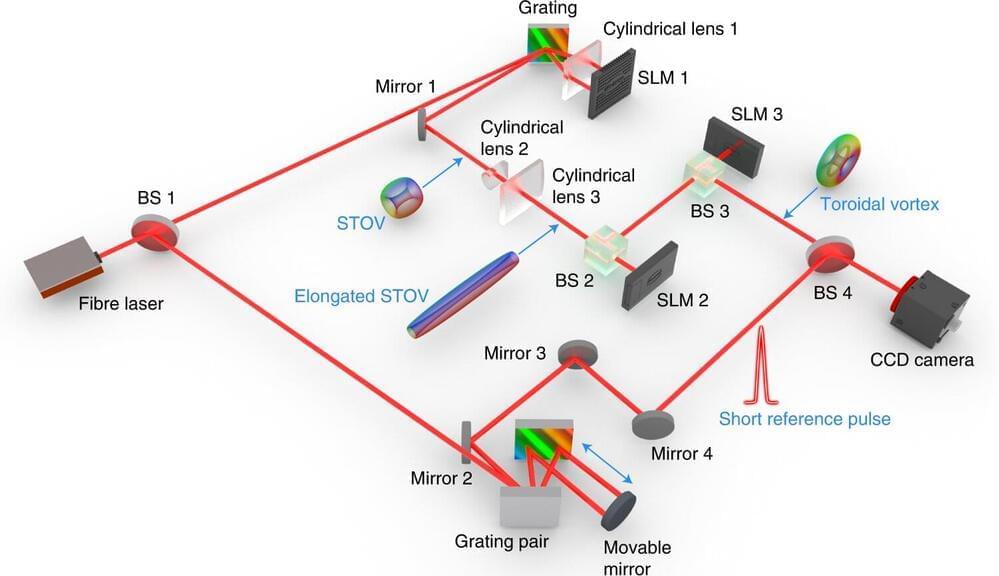University of Queensland scientists have cracked a problem that’s frustrated chemists and physicists for years, potentially leading to a new age of powerful, efficient, and environmentally friendly technologies.
Using quantum mechanics, Professor Ben Powell from UQ’s School of Mathematics and Physics has discovered a “recipe” which allows molecular switches to work at room temperature.
“Switches are materials that can shift between two or more states, such as on and off or 0 and 1, and are the basis of all digital technologies,” Professor Powell said. “This discovery paves the way for smaller and more powerful and energy efficient technologies. You can expect batteries will last longer and computers to run faster.”







